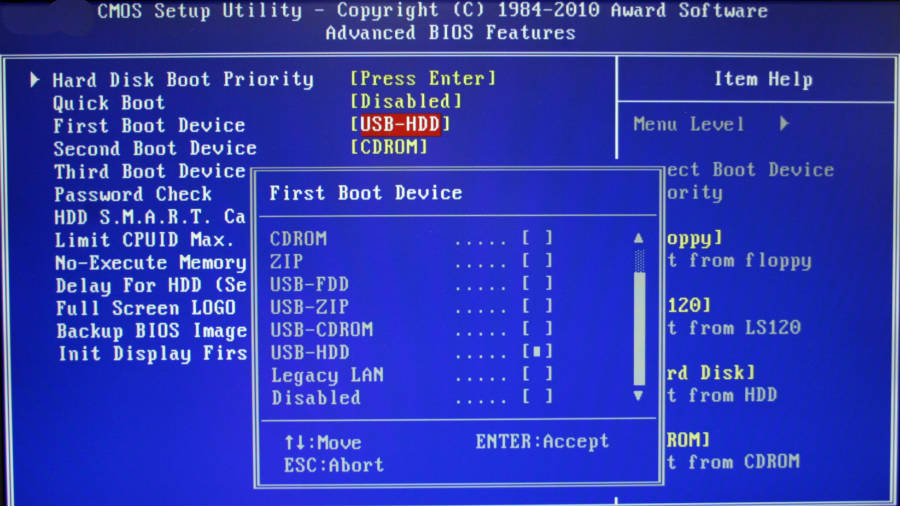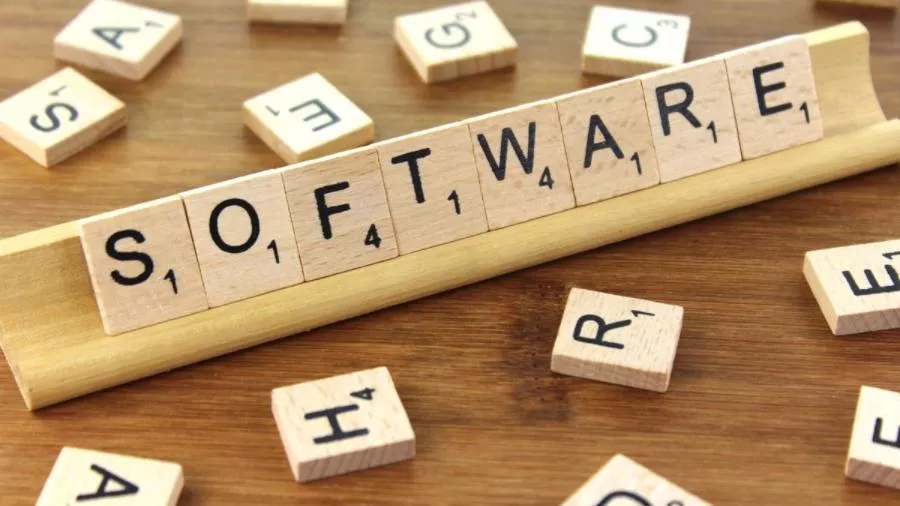It doesn’t matter what operating system we use, whether it’s Windows, macOS, or some Linux distro. We install many things which we categorize into software, drivers, and firmware. But what is the difference between a driver, software, and firmware?
If we talk about their soul, they are the same – a single or a collection of computer programs assigned with some task to do on the machine. But it’s the work that defines the roots of those categories in which we put them.
In other words, the fundamental difference between firmware, driver, and software is their design purpose. Firmware is a program that gives life to the device hardware. A driver is a middle man between the OS and the hardware components. And software makes the use of the hardware in the best possible ways.
So, let’s dig in further and tell you more about drivers, software, and firmware.
Firmware Vs Driver Vs Software: What’s the difference?
The Firmware
You might have the latest version of your operating system. It may be visually appealing and responsive. But the operating system is useless, in the sense that it requires the machine to be alive in advance.
Firmware is a computer program that helps the operating system do whatever it wants to do. We can see Firmware on many devices, including computers, mobile devices, remote controllers, gaming consoles, smartwatches, USB drives, and various embedded systems. Even the dumb TV remote used to change channels has a preloaded firmware that makes its buttons work.
The Firmware is designed to control the hardware of a device. It is present on a non-volatile memory chip and rarely requires an update. In the case of a personal computer, we call it the BIOS (Basic Input/Output System) or UEFI (Unified Extensible Firmware Interface).
BIOS is the first thing that comes to life after the computer is powered on. It can interact with the hardware and check it for any errors.
BIOS calls another program called a bootloader, which does the job of waking up the operating system sleeping inside the hard drive and put it in the random access memory (RAM).
Read More: UEFI, BIOS, GPT, MBR – What’s the Difference?
The Driver
What does a driver do? He drives a car, a bike, or a lorry. Similar is the case of the device driver designed to work on computers and other devices. Its task is to drive the hardware it’s designed for, i.e., act as the mediator between the hardware and the operating system.
An operating system doesn’t come with support for all hardware present on the machine. You can take the example of the graphics card installed on your computer. Different companies manufacture these products, and that’s why the operating system needs customized equipment – designed by the hardware makers themselves – to access these hardware components.
Every driver is intended to work for a particular or a bunch of devices. On your computer, the driver uses various bus interfaces to contact the device. For instance, PCI Express, which is used to connect hardware components like GPUs, wireless adapters, and audio cards. Also, not every driver is designed to interact with the user. Many continue their work in anonymity at the lower level, the user being completely unaware of them.
The development of drivers requires a lot of care because it directly deals with the hardware. If something messes up the device driver, it may lead to a system crash. That’s why a qualified person or team is needed to write the driver software for a device.
In recent Windows versions, starting from Windows 8, Microsoft has tried to reduce driver dependency. The company pre-installs universal or generic device drivers that can work for various devices of a similar type, or delivers required drivers via Windows Update.
Read More: Difference Between HDMI, VGA, DisplayPort, DVI, Thunderbolt, And MHL
The Software
Anything tagged as the software doesn’t exist physically, unlike the case of the hardware. The British computer science pioneer Alan Turing was the person who coined the term software.
The operating system you’re running at the moment is also a software, and it provides a workspace for other software installed on the operating system. Even the device driver I mentioned earlier is also a type of software. Such software come under a larger pool known as System Software. These are the ones vital to the system operation. Similarly, malware is a separate pool of malicious software with its subsets, including viruses, trojans, worms, etc.
One noteworthy point is that software is a broad term. And the stuff which we refer to as software in daily usage is called Application Software. This category ranges from anti-virus, word processor, web browser, multimedia, and video editing software. In a nutshell, these are designed to perform some application on the computer.
Does our article clear your doubts about the difference between Software, Driver, Firmware helpful? Drop your thoughts in the comments.
Also Read: What Is The Difference Between 2.4GHz, 5GHz, And 60GHz Bands Used For Wireless Networks?
The post What Is The Difference Between Software, Driver, Firmware? appeared first on Fossbytes.
from Fossbytes https://ift.tt/2jOHnBS
via IFTTT




No comments:
Post a Comment